
via Wolfgang Palm on Facebook
Be sure to see the video below.
"This was the first programmable synthesizer (1977)."
Programmable as in patch memory. The 1003 was a programmable monophonic synth with two oscillators, digitally controlled keyboard, and it was duophonic.
But was it the first?
Excerpts via Part 4 of the PPG Story:
"Another problem of the synths at that time had been that you couldn’t store the settings. Some users had created patch sheets on paper where they entered the values. Based on the 1020, I created a synth that could do without any knobs; you had to enter all values with digital pushbuttons instead. Of course, this was unusual and work-intensive, but it had the immense advantage that you could store the complete setup.
Unfortunately, this was before microprocessors became available, so that I had to create the complete digital part from individual ICs (and this made it rather error-prone, unfortunately). I called this model: PPG 1003 'Sonic Carrier' (that didn’t mean “career”, but rather carrier or conveyor of sounds)..."
Followed by "In 1977 [Feb/March timeframe], I drove to the 'Frankfurter Musikmesse' for the first time – without having reserved a booth, however. The idea was simply to drive to Frankfurt with a modular system, a 1003, and a 1020 and to try to meet traders and musicians there, to show them the devices in my hotel room!"

Update 3/21: 11:56 AM PST: Advert scan added via Wolfgang Palm on FB: "I think this was from the shop 'Musik Market' in Cologne as mentioned in my PPG story" ... "sadly there's no date on it...but i think that's after they ordered a few after the Frankfurt show (1977)"
So was it the first?
Note this was before the Sequential Circuits Prophet-5 was shown at Winter NAMM 1978. The Prophet-5 gets credit as the first programmable polyphonic synth with a built in micro-processor. The key words are polyphonic and mciro-processor, but there is a polyphonic programmable synth that predates it. More on that coming up. Regarding the Prophet-5, via Wikipedia on Dave Smith: "Dave Smith is an engineer and guitarist who has pioneered many groundbreaking technologies in music technology. Smith was responsible for the first polyphonic and microprocessor-controlled synthesizer, the Prophet 5, and later the multitimbral synthesizer[1]. He is also referred to as the 'Father of MIDI' for his role in the development of MIDI, now a standard interface protocol for electronic instruments and recording/pro audio equipment."
An interesting side note is the single manual Prophet-10 came out simultaneously with the Prophet-5. According to Dave Smith there were less than 20 or 30 Prophet-10s at the beginning. These were all single manual Prophet-10s and were subject to overheating (think twice the boards closed up in the same size case). Many were returned, the cases were used for Prophet-5s, and larger dual manual Prophet-10s followed. The first prototype Prophet shown at NAMM was a five voice. You can catch a video of John Bowen discussing the history of the Prophet-5/10 here. In the first video he mentions people asked Dave Smith to put together a synthesizer at NAMM 1977. A couple of months later John got a call stating that he could do it using SSM chips. It was shown at January NAMM of 1978 (3rd video in the set). There was also the Sequential Circuits Model 700 (click through for video), but it was a separate unit meant for modular systems.
So what other programmable synth predated the Prophet-5? Most sites have the monophonic Oberheim OB-1 listed as coming out in 1978. It turns out it was actually released in 1977. According to Tom Oberheim the OB-1 was shown in Winter NAMM of 1977 and it shipped shortly after.
Update 3/21/12 8:40 PM PST: Some notes via Tom Oberheim:
1. I started deliveries of the Oberheim 4-voice with Programmer during 1976 [see this post]. Although the architecture of the SEM did not allow complete programmability, with the Programmer it was possible to program VCO1 and VCO2 pitch, VCF frequency, and the Programmer's built-in programmable LFO and envelope generators. I presented a technical paper at the AES Convention in October 1976 on the 4-voice Programmer.
2. I got a patent on the 4-voice Programmer later. U.S. Patent No. 4,185,631.
3. During the process of getting the above patent, discovery came across a small synth from one of the early U.S. synth companies (I can't remember the name) that had patch programmability by means of a small punch card. This synth was out pre-1975 as I remember.
4. The Oberheim OB-1, which had complete programmability of the patches, was shown at NAMM, January 1977 [first year for NAMM in Anaheim according to Wikepedia, BTW], and deliveries started soon after. On some websites the introduction of the OB-1 is listed as 1978, which is incorrect.
5. The OB-1 had some short-term popularity until the Prophet 5 came out."
Worth noting, is the OB-1 did not have a microprocessor like the Prophet-5 which followed. According to Tom, "all control was done with garden-variety digital logic."
Regarding the punch card synth, two come to mind. There was the EML Synkey from 1976 and the RMI Keyboard Computer from 1975. Each post only mentions a reader which implies once you had your patch, you had to manually punch the parameters on the card to be read by the synth later, so the synth itself could not save patches.
There was also the digital Bell Labs GDS technology, but it appears that it may not have made it into a single enclosed system prior to the early 80s. Via Synthmuseum.com, via Mark Vail's Vintage Synthesizers: "'The GDS came out of some early research at Bell Laboratories in the early '70s,' explains Mercer 'Stoney' Stockell, who himself shared in developing the GDS and Synergy." "'The Synergy was a push-button machine and it didn't offer any programming like the GDS....'" "One interested party was Music Technology [MTI], a division of the Italian company Crumar.... They realized that the technology had a ten-year leap on other musical products of the time, things like the Prophet-5. So they wanted to get this technology out of Bell Labs.' [Bell Laboratories was a non-profit organization and could not sell their designs.]" You can find a flier for the Crumar GDS here and one in the flesh minus the computer here. Does anyone know when it was released? Regarding the Synergy, which did come later in 1982, you'll find a good video and some history posted here, and of course you'll find more posts via the labels below. Synthony also has some history on the GDS and Synergy but is missing dates.
So was the PPG 1003 "Sonic Carrier" the first programmable self contained synthesizer? In the end I think it depends on how you define it. The Oberheim FVS and Yamaha CS80 appear to be the first commercially available systems with a programmer in 1976, but did not cover every parameter and not store edits made on the front panel. Note on the FVS, this is not necessarily a bad thing in that you could tweak the individual SEMs after programming, you just couldn't save them. The Yamaha CS80 had a mini patch panel on the top left that was essentially four mini versions of the front panel controls of the synth, minus the "performance" set of sliders below the main parameter sliders. Much like the FVS programmer in concept. You could select which set of controls to make active via user preset button. The Yamaha CS60 (1977?) had one preset. The Roland Jupiter-4 with eight memory slots was released in 1978.
The Oberheim OB-1 came out the same year as the PPG 1003 in 1977, and was shown during Winter NAMM, which typically occurs in January. That would mean the OB-1 appeared at a formal trade show a month prior to the PPG 1003. The Sequential Circuits Prophet-5 was the first fully programmable polyphonic keyboard synthesizer with a microprocessor. It was the first poly analog you could save edits made on the front panel and the first to have a large amount of program memory. According to Dave Smith, "Back then we were careful to say the P5 was the 'first completely programmable polyphonic synthesizer', since of course the Oberheim 4 voice [and OB-1] was already around. On the microprocessor: "I had been working with microprocessors in silicon valley since 1973. They had been available for a while before I used one in the P5. As far as I know, the p5 was the first musical instrument to use one. Again, certainly there were cases of microprocessor use elsewhere (I think emu used one in their modular keyboard, for example), but not in a volume production musical instrument." John Bowen also mentions it in the videos here.
Regardless, there is no doubt the names PPG, Oberheim and Sequential circuits along with the makers behind the names, Wolfgang Palm, Tom Oberheim, and Dave Smith are legends in the synth world. Each brought something new that we can be thankful for.
One thing not mentioned in this post until now was that Wolfgang Palm of course brought us wavetable synthesis, which eventually made it's way into the Waldorf line of synths via his partner Wolfgang Düren, but that is a whole other story. I recommend reading the PPG Story on Wolfgang Palm's site for the full history of PPG.
And back to the synth that started this post. The following is a video of a modified version of the PPG 1003 and a PPG 300.
Fabios PPG 1003 and 360 in action
Wolfgang Palm | Myspace Music Videos
Update via eben Mar in the comments: "how about the korg ps3200? that was also released in 1977 i believe, not sure which month though!" Also see "the first synthesizer to..." post here.
Update via Tom J Carpenter of Analogue Solutions on Facebook:
"One little known thing about this synth is most of the knobs have built in pull switches enabling you to edit your presets" According to another comment in that thread: "There is a flaw in the design though. You can edit your patch, but if you try and save it, it records ALL the current knob positions and not just the ones you have tweaked, thus erasing your patch." The PS3200 came out in 1978.
Update: The ASE (Audio System Electronics) MCS-70 suggested by Analogici Piccoli Amici on the Facebook thread, was an early programmable preset synth. Image via Synthmuseum.com.
 "FEATURES: Memorizes all parameters of all user-defined control panel settings Groups of up to 64 memorized settings available at any one time Instantaneous change time from one memorized sound to any other Non-volatile integrated circuit memory modules, no tape, nothing mechanical No loss of user's memorized sounds, even unplugged or with module removed, until user himself memorizes a new sound. It's called Integrated Memory Control. The result is the first completely programmable electronic music synthesizer. The programs are the user's own sounds set up with the front panel parameter controls. The MCS 70 Memory Controlled Synthesizer represents a new concept in total integration of analog and digital operating systems allowing complete digital memorization of all parameters of the signal generating and processing modules."
"FEATURES: Memorizes all parameters of all user-defined control panel settings Groups of up to 64 memorized settings available at any one time Instantaneous change time from one memorized sound to any other Non-volatile integrated circuit memory modules, no tape, nothing mechanical No loss of user's memorized sounds, even unplugged or with module removed, until user himself memorizes a new sound. It's called Integrated Memory Control. The result is the first completely programmable electronic music synthesizer. The programs are the user's own sounds set up with the front panel parameter controls. The MCS 70 Memory Controlled Synthesizer represents a new concept in total integration of analog and digital operating systems allowing complete digital memorization of all parameters of the signal generating and processing modules."Update 8/13/2014: also worth noting at Serge in the 70s via this post: "via Kevin Braheny Fortune in the Facebook thread linked above: 'I'm not positive this is the one, but I built a custom programmer as per Serge's design for Pete Robinson that had small edge card plug-ins that had a series of dip switches on them to control SEMs. SEMs with a bunch of custom analog synths in a big panel that I also built that utilized an early Armand Pascetta multi-voice keyboard.'" According to Kevin, this might have been around 1977.
And of course there was the Buchla Music Easel patch card pictured below, which has been re-released for the new Buchla Music Easel.



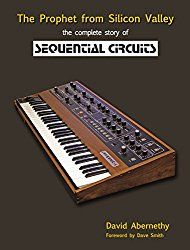



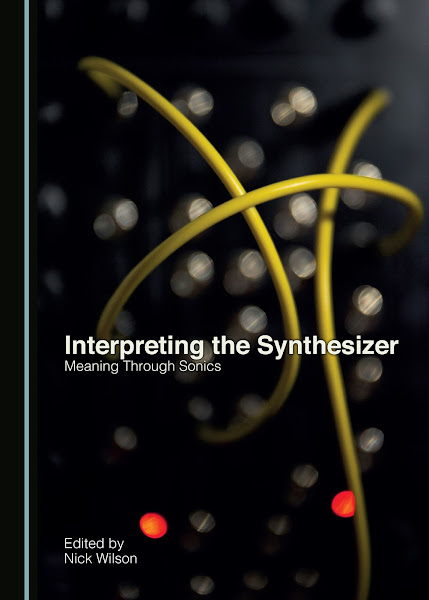
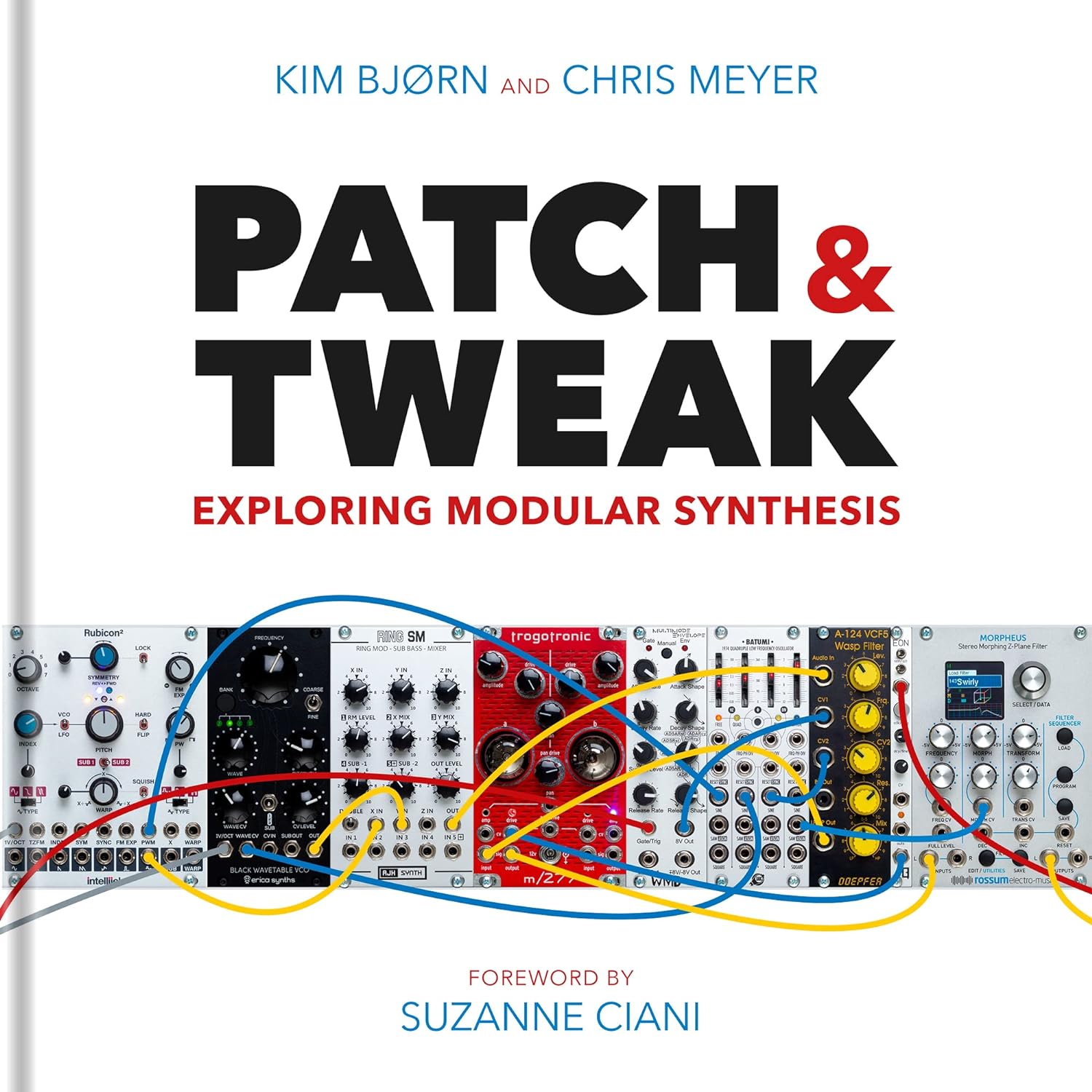

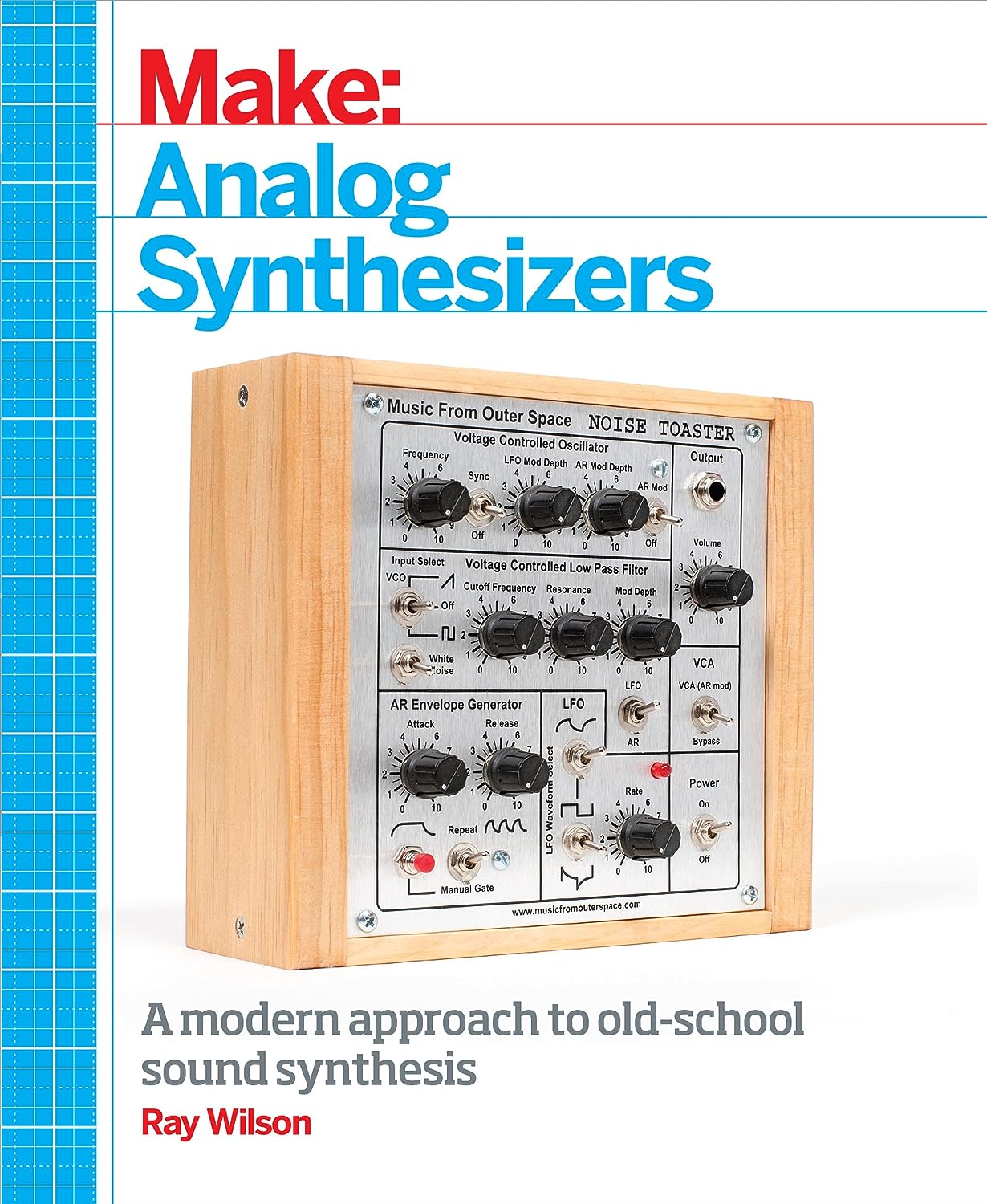

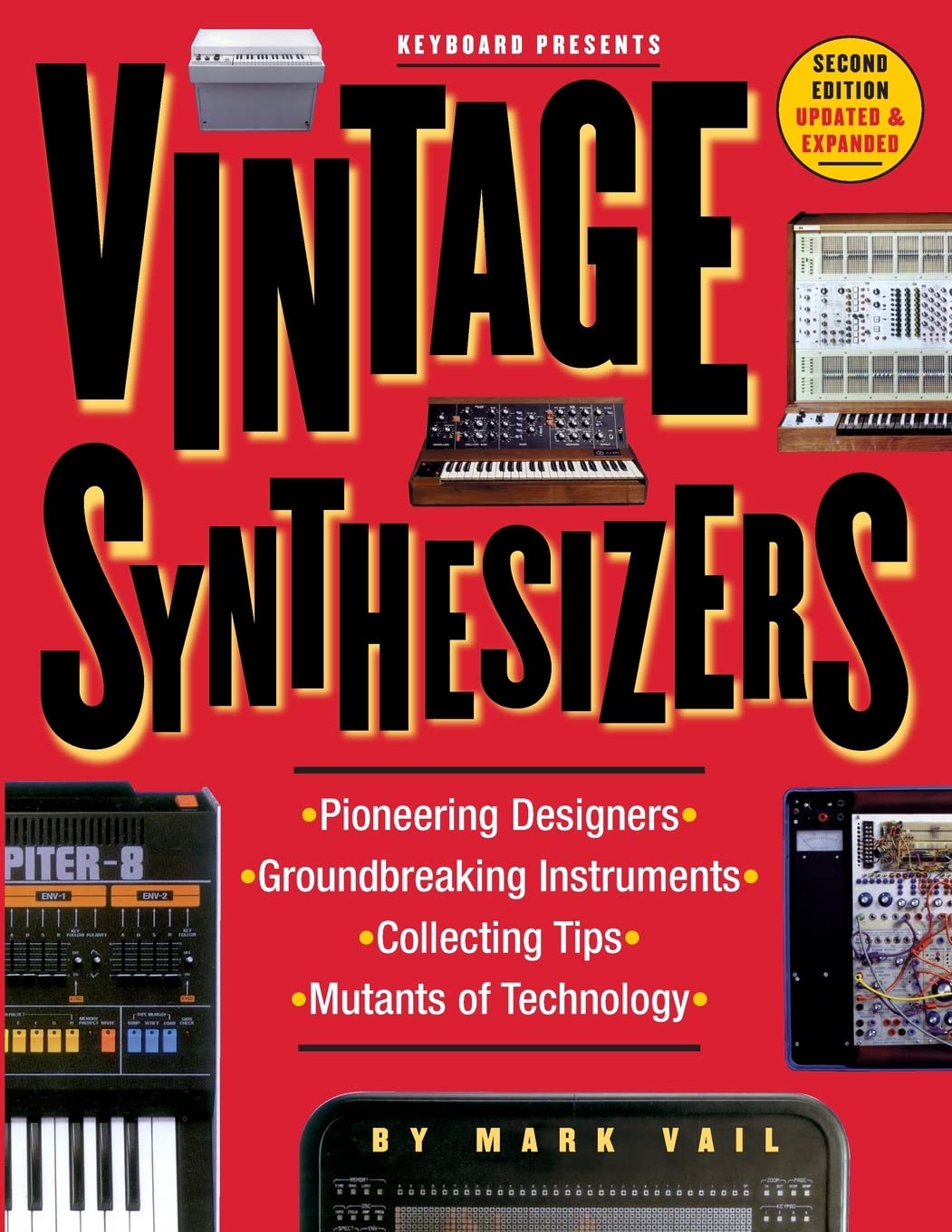
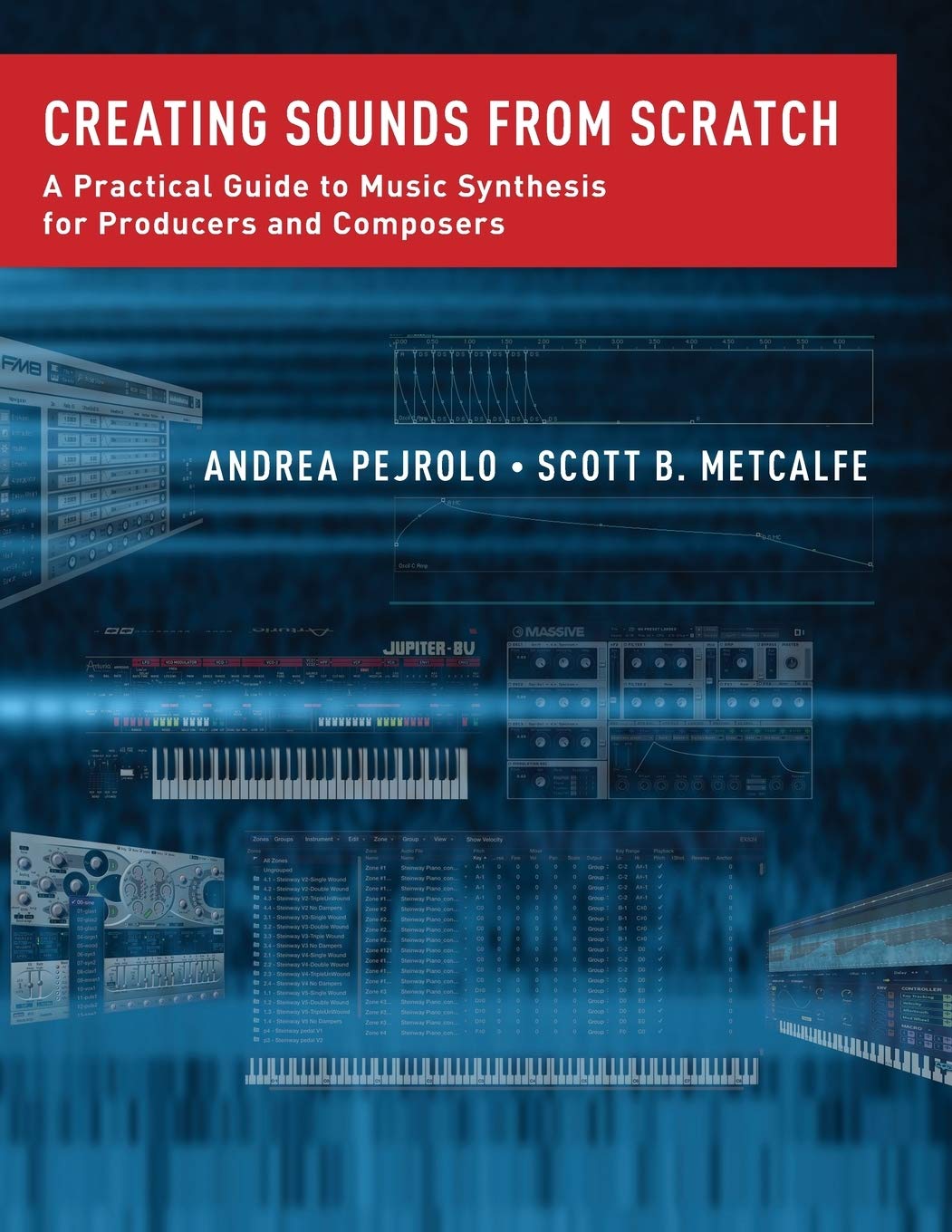
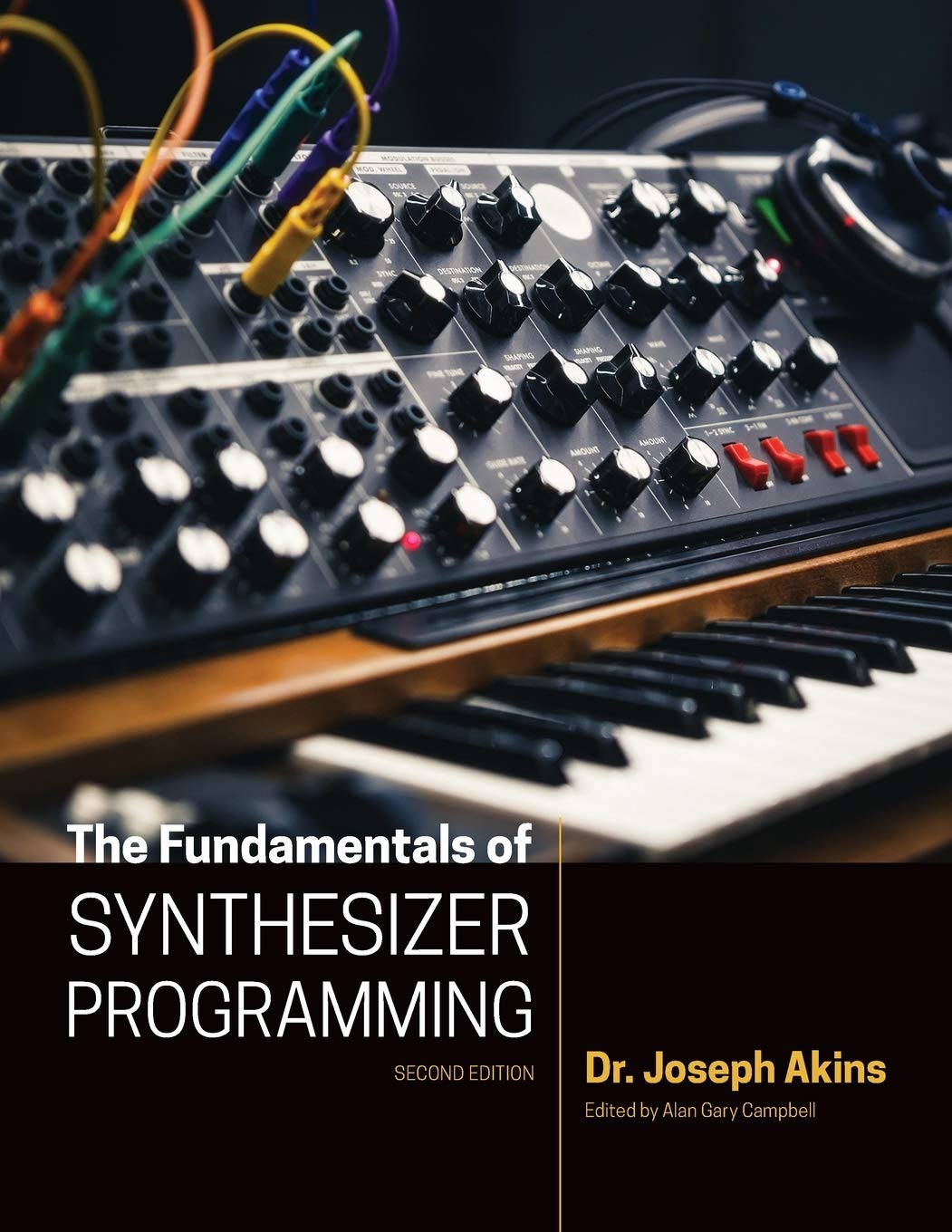















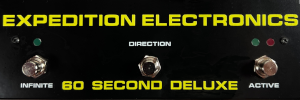
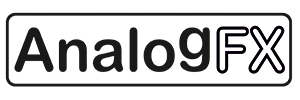










how about the korg ps3200? that was also released in 1977 i believe, not sure which month though!
ReplyDeleteThat's right. Thanks for mentioning it. I added it to the bottom of the post. I also added a link to my "first synthesiser to..." post. I forgot about that one.
ReplyDelete